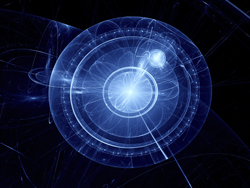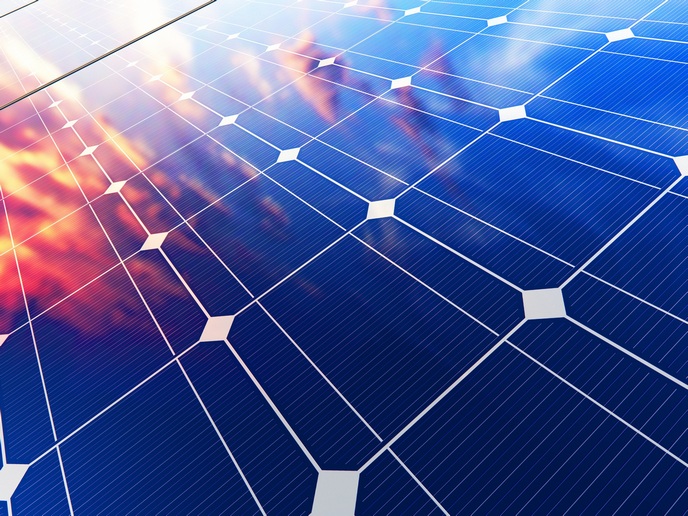A miniature hydrogen economy on a chip
Hydrogen is a promising component of a clean-energy economy. Since it is found primarily bound to other atoms in compounds, hydrogen gas must be produced to be used. Electrolysis of water is about as sustainable as it gets. To develop a system of production, storage and use and to make it compact and useful for autonomous energy supply of wireless devices, EU-funded scientists initiated the project 'Chip integrated hydrogen generation-storage-power micro system' (HYGENMEMS).Although the field of hydrogen and fuel cell technologies has advanced tremendously, it is still a huge area of research. Scientists are working intensively to increase efficiency and decrease costs and even to better understand the mechanisms by which certain materials do their jobs. HYGENMEMS had to find the appropriate materials and processing technologies while developing an entirely new application concept.Catalysts are a critical component of the hydrogen conversion process. They must be highly active and cost efficient while, in this case, being compatible with microsystem technologies. The team demonstrated that superior catalytic efficiency and a large active surface area could be obtained with optimised magnetron co-sputtering of platinum iridium.Researchers chose palladium films for hydrogen storage. Palladium has been called the amazing hydrogen sponge. At ambient conditions, it can absorb up to 900 times its volume in hydrogen by reversibly forming the lattice-structured alloy palladium hydride. HYGENMEMS fabricated highly reproducible layers of palladium with appropriate properties maintained throughout the entire range of thicknesses tested from 100 nanometres up to micrometres.Having successfully fabricated the polymer electrolyte membrane required for both electrolysis and the reverse operation as a fuel cell to produce electricity from hydrogen, the team integrated all the components. Five different lithography masks were required to produce the hydrogen energy-converting microsystem on a single monocrystalline silicon wafer.The functioning single-cell prototype demonstrated achievement of technical objectives and the promise of a reversible hydrogen micro-energy system for wireless devices. Further research and optimisation of stacks of cells should open the market to numerous applications dependent on specific energy needs.







